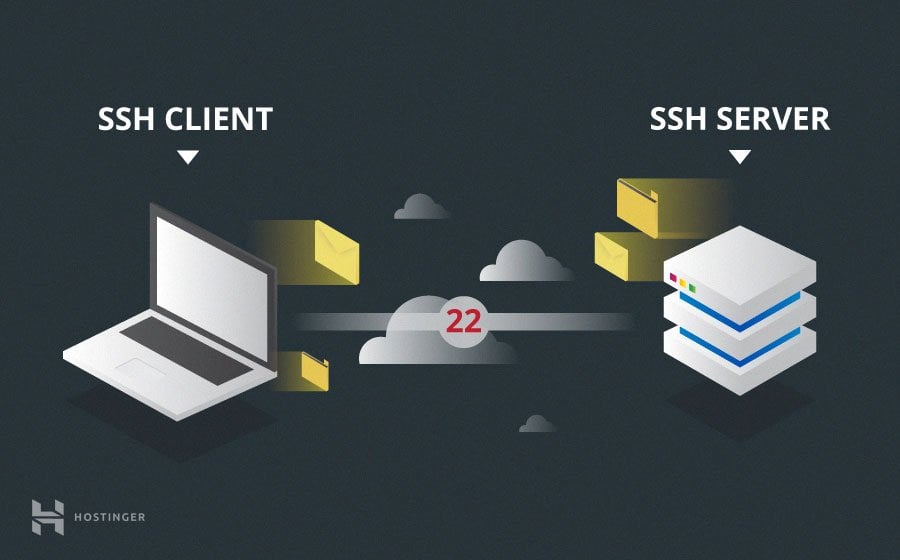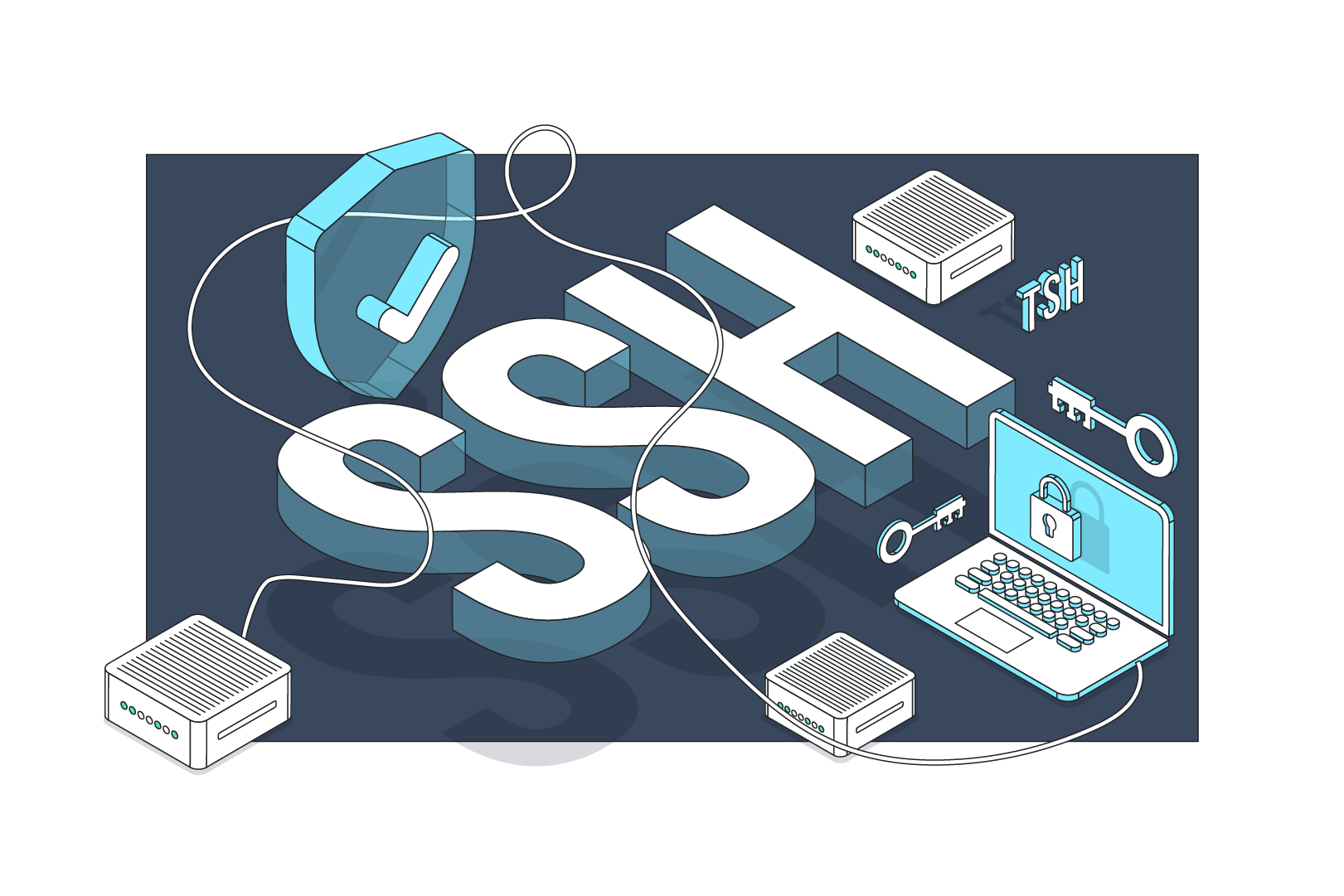Remote IoT Web SSH Access: Secure & Easy Setup
Is the integration of remoteiot web ssh a technological leap or a security tightrope walk? The seamless, yet potentially vulnerable, connection it offers demands careful consideration of its benefits and inherent risks.
The convergence of technologies, particularly in the realm of the Internet of Things (IoT), has given rise to increasingly sophisticated methods of device management and data access. Among these methods, remoteiot web ssh stands out as a crucial tool, providing a streamlined means to interact with and administer devices remotely. This framework empowers professionals to oversee operations, troubleshoot issues, and deploy software updates without the need for physical proximity to the devices. However, such convenience comes with an essential caveat: the necessity of understanding both its potential and the security implications involved. The effectiveness of remoteiot web ssh lies in the user's capacity to execute it safely and effectively.
To fully grasp the essence of remoteiot web ssh, let's break down its components. The term remoteiot essentially refers to the ability to manage and interact with IoT devices from a distance. The web aspect introduces a browser-based interface, offering a user-friendly method of control, thus making device access more accessible from anywhere. The final piece, "ssh", stands for Secure Shell. It is a network protocol that offers a secure channel for data communication. Combining these three facets establishes a secure and accessible mechanism for IoT device management.
The concept of remoteiot web ssh has its roots in the broader evolution of network technologies. The need to manage devices and servers remotely emerged as the scale of IT infrastructure grew. The advent of secure remote access protocols like SSH revolutionized how administrators could manage systems, and later, as IoT devices proliferated, the extension of these technologies to this new domain became inevitable. This development reflects a continuous progression toward more streamlined and secure means of device management.
The operational mechanics of remoteiot web ssh revolve around establishing a secure connection between a client (typically a user's computer) and the IoT device. A web interface, often provided by the IoT device itself or through a dedicated management platform, serves as the entry point. Users connect to this web interface through a web browser, and the interface then allows interaction through the SSH protocol to authenticate the user and encrypt data transfer. In essence, the web interface acts as a gateway, routing commands and data between the user and the device while ensuring the security of the transmission.
The benefits of deploying remoteiot web ssh are numerous. Firstly, it drastically reduces the need for physical presence, saving valuable time and resources. Technicians can remotely diagnose and resolve issues, perform routine maintenance, and configure devices without ever leaving their desks. Secondly, it improves the scalability of IoT deployments. As more devices are added to a network, remoteiot web ssh can handle their management efficiently. Lastly, the web-based interface provides a user-friendly experience, making device management accessible even to those who may not have advanced technical skills. These benefits make this technology essential in many industries.
Despite the advantages, remoteiot web ssh also presents significant security risks. The primary concern revolves around the security of the SSH protocol itself. SSH is a robust protocol, however, its security is contingent on proper configuration and implementation. Weak passwords, default configurations, and outdated software are frequent vulnerabilities that can be exploited by malicious actors. Furthermore, the web interface can itself become a target for attacks. If the web interface has vulnerabilities, attackers could gain unauthorized access to the system. Securing remoteiot web ssh requires careful attention to detail.
To mitigate the risks, several security best practices should be followed. First and foremost, robust authentication mechanisms are essential. This includes the utilization of strong, unique passwords and the implementation of multi-factor authentication (MFA). MFA adds an extra layer of security by requiring users to verify their identity through multiple methods. Secondly, the SSH configuration should be reviewed and hardened to prevent common attacks. This involves disabling unnecessary features, restricting access to authorized users only, and regularly updating the software. Thirdly, the web interface must be carefully designed to protect it from security vulnerabilities. This includes input validation, encryption of sensitive data, and regular security audits.
The choice of whether to embrace remoteiot web ssh should be influenced by a detailed risk assessment. This assessment should identify potential threats, vulnerabilities, and the impact of successful attacks. This analysis should be conducted before the technology is implemented. This means evaluating the sensitivity of the data being managed, the potential consequences of a security breach, and the resources needed to secure the system. Based on the risk assessment, appropriate security controls can be implemented to reduce the risks to an acceptable level.
The impact of remoteiot web ssh spans several industries. In manufacturing, it allows for remote monitoring and control of equipment, reducing downtime and improving operational efficiency. In healthcare, it facilitates the remote management of medical devices, allowing remote monitoring of patients. In agriculture, it is deployed to monitor environmental conditions. Each field recognizes the necessity of the technology.
Looking forward, the future of remoteiot web ssh is expected to become more robust and integrated. We will likely see a greater emphasis on automation and AI-driven security solutions. AI can play a significant role in detecting and responding to threats in real-time. Furthermore, we can anticipate the evolution of more user-friendly interfaces and more streamlined device management platforms. These progressions will further improve the appeal and efficacy of this technology.
The evolution of remoteiot web ssh highlights the complex interaction between convenience and security. While it facilitates easier device management and control, it is important to understand the security implications of deploying this technology. By carefully evaluating the risks, implementing robust security controls, and staying ahead of emerging threats, users can fully utilize the benefits of remoteiot web ssh.
In conclusion, the adoption of remoteiot web ssh represents a notable step toward enhancing remote access capabilities, particularly within the scope of IoT environments. However, it's not a decision to be taken lightly. Implementing this system requires the meticulous integration of security measures and a thorough understanding of the vulnerabilities present. By prioritizing security and adhering to best practices, organizations can capitalize on the advantages offered by this framework while efficiently mitigating the associated risks. The long-term success of remoteiot web ssh depends on such a balanced approach, ensuring its sustainable and secure application across varied industry landscapes.


